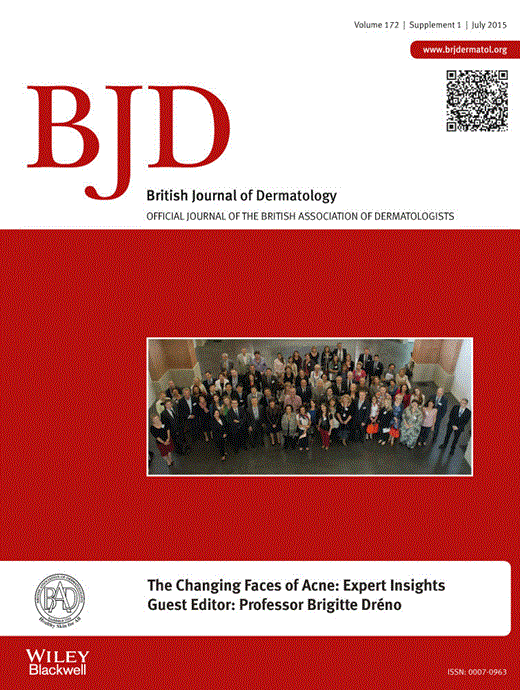-
Views
-
Cite
Cite
C.C. Zouboulis, V. Bettoli, Management of severe acne, British Journal of Dermatology, Volume 172, Issue S1, 1 July 2015, Pages 27–36, https://doi.org/10.1111/bjd.13639
Close - Share Icon Share
Summary
Acne is the most common skin disease, affecting up to 95% of adolescents. Severe episodes of acne can cause considerable physical and psychological scarring, and overexpression of transforming growth factor‐β can lead to formation of hypertrophic scars and keloids. The severity of acne in adolescence is associated with a positive history of severe acne in first‐degree relatives, especially the mother. In most cases acne is a chronic disease, and it is often a component of systemic diseases or syndromes. All forms of severe acne require systemic treatment. The available options include oral antibiotics, hormonal antiandrogens for female patients and oral isotretinoin, as well as other combination treatments. Oral isotretinoin is the only drug available that affects all four pathogenic factors of acne. However, due to possible serious side‐effects, a European directive states that oral isotretinoin should be used only as a second‐line therapy in cases of severe, nodular and conglobate acne. The pharmaceutical quality of generic isotretinoin products and the obtainability of isotretinoin through e‐pharmacies without prescription raise new therapeutic problems. New anti‐inflammatory compounds, such as the 5‐lipoxygenase inhibitor zileuton, may replace systemic antibiotics in the future, especially under the scope of antibiotic resistance prevention. This review looks into the various options and latest approaches, and factors to consider, when combating severe acne.





